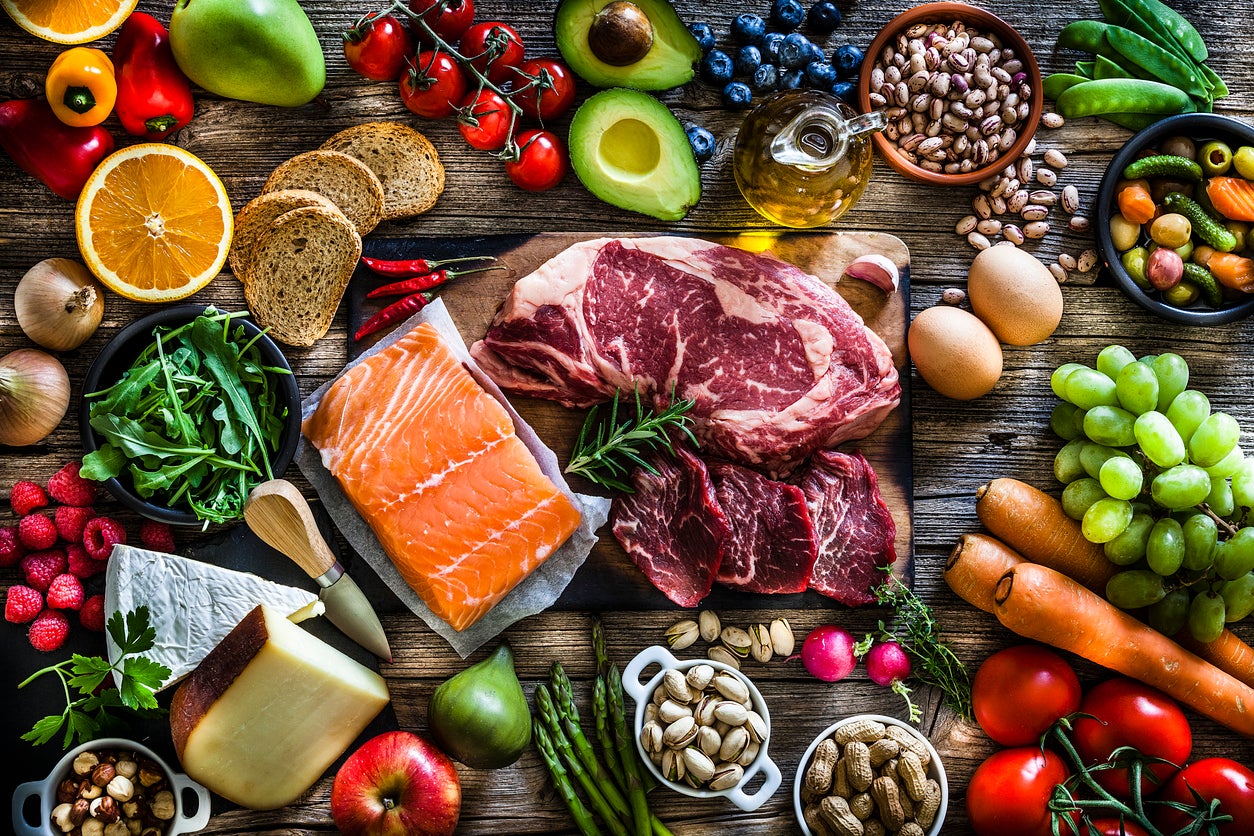‘Going vegan’ should not be the go-to answer for sustainable eating – consider this
The key is to differentiate between the plant- and animal-based foods that are part of the problem and those which are part of the solution


Your support helps us to tell the story
From reproductive rights to climate change to Big Tech, The Independent is on the ground when the story is developing. Whether it's investigating the financials of Elon Musk's pro-Trump PAC or producing our latest documentary, 'The A Word', which shines a light on the American women fighting for reproductive rights, we know how important it is to parse out the facts from the messaging.
At such a critical moment in US history, we need reporters on the ground. Your donation allows us to keep sending journalists to speak to both sides of the story.
The Independent is trusted by Americans across the entire political spectrum. And unlike many other quality news outlets, we choose not to lock Americans out of our reporting and analysis with paywalls. We believe quality journalism should be available to everyone, paid for by those who can afford it.
Your support makes all the difference.What should I eat to be healthy and sustainable? This is a question that is on everyone’s minds these days. For many of us, climate change has been the catalyst for considering new food choices, for others, biodiversity or concerns about health. This week, Boris Johnson upped the ante in the UK’s response to climate change, pledging a 78 per cent reduction in carbon emissions by 2035, with dietary change rightly acknowledged as part of the means to achieve this.
“Going vegan” is often touted as the go-to answer for how to eat more sustainably. But, while cutting out meat for ethical reasons is perfectly reasonable, we need to think more holistically about the impact of the food choices we make.
We need to exercise our buying power as discerning consumers, aligning our diets with what our land can produce sustainably, which includes both plant and animal products. This is because sustainable farming systems need to build soil fertility, which also locks up atmospheric CO2, through pastures, which can only then be converted into food we can eat through grazing cows and sheep.
The key is to differentiate between the plant- and animal-based foods that are part of the problem and those that are part of the solution. This means purchasing products from those who grow and farm sustainably. We should be thinking about the kinds of meat we eat as opposed to whether we eat it at all. In other words, it’s not the cow (or the carrot or the lettuce, for that matter) that’s the problem, it’s how they are produced.
In relation to livestock, meat and dairy products from grass-fed animals or free-range poultry are an essential part of the solution to climate change. We know that the best way for farmers to address the challenge of moving towards net zero is to rebuild the health of their soils, which store carbon. The best way to achieve this is to introduce crop rotations which include a pasture phase. The only way to then turn this grassland into food that we can eat is through grazing animals, namely cattle and sheep.
By using food purchasing power to support producers that are farming in sustainable ways like this, we take an active role in supporting the switch from intensive to regenerative farming, thus addressing climate change and reversing biodiversity loss.
This is important because, although more and more farmers are moving towards this more regenerative approach, which works in harmony with nature, unfortunately, these methods still do not pay as well as farming systems that are causing damage. The reason why it remains more profitable to farm intensively than it is to farm in harmony with nature is that the current prices we see on the shelves do not reflect the real costs of producing that food. A cheap supermarket chicken, for example, should in reality cost double if all the hidden costs and impacts of its production were included in the price.
What can be done to change this? In order to support farmers to make the transition to more sustainable practices, citizens must vote with their food choices, showing everyone from farmers and retailers to government policymakers that we want healthy and sustainable food to be accessible to all.
Key to supporting sustainable food systems is therefore to buy food with a known story behind it. “Know your farmer, know your food,” was a widely used slogan in the US and it is absolutely right. Unfortunately, most of the food we currently buy comes from anonymous farmers whose identity, location, the degree of sustainability of their production practices and human stories are hard to determine.
To address this, we need a new labelling system – based on a farm sustainability metric – which accurately identifies the foods that come from farms that are addressing climate change, going net zero and protecting nature.
Although this new labelling system isn’t yet in place, we can still make a difference today. We must believe that our own buying power can change the world of food and farming, but only if we exercise it.
This means buying as locally as possible, either direct from farms, markets or online box schemes, or from the growing number of supermarkets that are responding to the customer demand for more information about the story behind their food.
If we all did this, the farming world would change, nature would benefit, and we would be a lot healthier for it.
Patrick Holden is CEO of the Sustainable Food Trust
Join our commenting forum
Join thought-provoking conversations, follow other Independent readers and see their replies
Comments